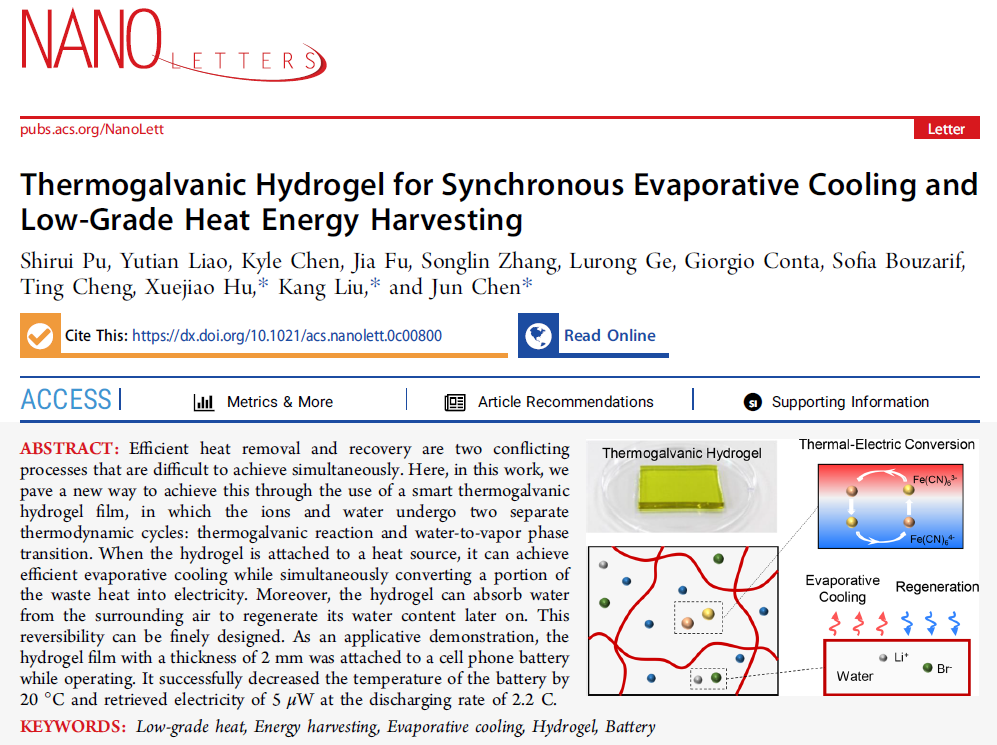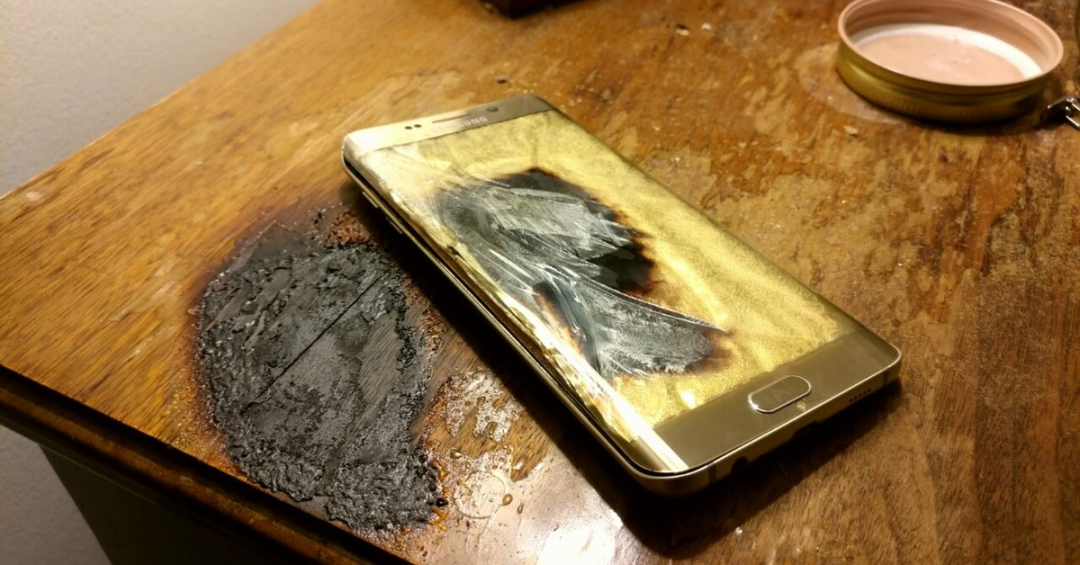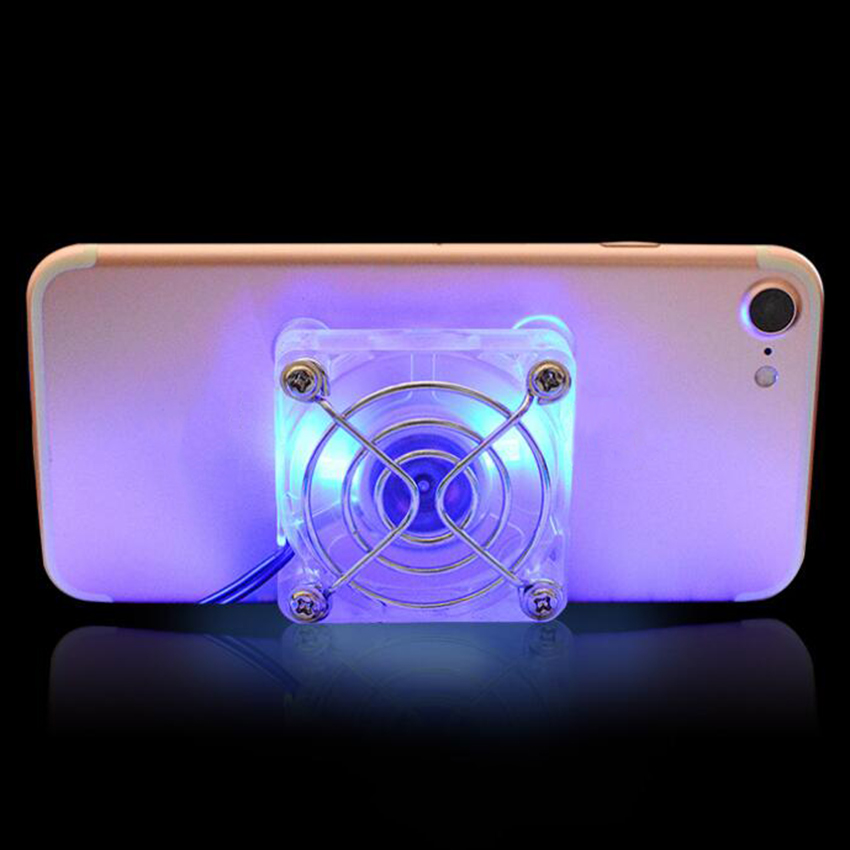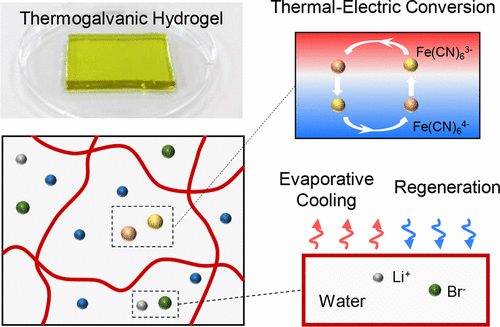Mobile phone to save fever
Editor’s note: This article comes from the WeChat public account “Academic Headlines” (ID: SciTouTiao) author: Caoqi Tong. The original title “Mobile phone is hot enough to explode? The team of Liu Kang and Hu Xuejiao of Wuhan University invented the rapid cooling hydrogel, which can also convert waste heat into electrical energy “
Many electronic devices experience excessively high temperatures after prolonged use. If the heat cannot be dissipated in time, it may slow down the device ’s operating speed, damage their components, or even cause The battery exploded or caught fire. In response to this problem, researcher Liu Kang from Wuhan University, Professor Hu Xuejiao and Professor Chen Jun from the University of California, Los Angeles designed and developed a simple, universal, effective, and low-cost hydrogel film heat dissipation technology that can not only help mobile phones and other electronic devices quickly Cooling can also recover waste heat and convert it into electrical energy. Related research results were published in the “Nano Express” on April 22. 
Conflict between heat dissipation and waste heat recovery
Some parts of electronic equipment, including batteries, light-emitting diodes and computer microprocessors, generate a lot of heat during normal operation. If the heat can not be dissipated in time, it will cause heat accumulation and local overheating, thereby reducing the operating efficiency of the equipment and greatly affecting the accuracy, sensitivity and service life of the equipment. 
Therefore, how to achieve efficient heat dissipation of electronic equipment has become one of the core problems of modern electronic equipment.
At present, in order to achieve efficient heat dissipation, auxiliary equipment such as heat dissipation fans or heat dissipation pumps are usually added, which also means increased energy consumption.

In addition, since most of the heat is not reused, it means that a lot of energy is wasted in the process.
Traditional heat recovery methods, such as thermoelectric modules, usually add additional thermal resistance, which in turn hinders the requirement for heat dissipation, which leads to an increase in the temperature of the core components of these electronic devices.
So far, researchers have been able to achieve efficient heat dissipation and waste heat recovery, respectively, but they have not been able to simultaneously implement these two conflicting processes in the same electronic device system.
Smart hydrogel
In order to solve this problem, researcher Liu Kang from Wuhan University and Professor Hu Xuejiao from University of California at Los Angeles tried to design an intelligent hydrogel to convert the waste heat of the equipment into electrical energy and achieve rapid heat dissipation of the equipment. Based on the previous results, the researchers made a new type of hydrogel filled with water and specific ions using polyacrylamide as a framework. The hydrogel film has two important thermal properties. First, it can maintain its own water volume under environmental conditions, which overcomes the problem that traditional hydrogels will continue to lose water and dry when used under environmental conditions;
Second, when the temperature rises, the hydrogel film will evaporate and lose a part of the water, but when the temperature drops, the hydrogel film will absorb water vapor from the air to restore itself to its original state. Of course, these thermal properties only fulfill the functional requirements of rapid heat dissipation. In fact, when the hydrogel is exposed to heat, the ions in it will transfer electrons between the electrodes, thereby generating electric current.
That is to say, the water and ions in the smart hydrogel undergo two independent thermodynamic cycles. When the hydrogel is attached to the heat source, it can achieve effective evaporative cooling and convert part of the waste heat into electrical energy. Moreover, the hydrogel can also absorb moisture from the surrounding air to supplement the amount of water evaporated for rapid heat dissipation. This elaborate reversibility design not only solves the rapid heat dissipation requirements of electronic equipment, but also recovers excess heat as much as possible. 
The researchers wrote in the paper, “We attached the hydrogel to the mobile phone battery, and observed that the battery had a significant temperature drop (20 ° C) during rapid discharge, and part of the waste heat was also converted into electrical energy, which proves The great potential of this hydrogel in realizing the simultaneous cooling of electronic products and the recovery of waste heat. “
Thesis title: Thermogalvanic Hydrogel for Synchronous Evaporative Cooling and Low-Grade Heat Energy Harvesting
Abstract: Efficient heat removal and recovery are two conflicting processes that are difficult to achieve simultaneously. Here, in this work, we pave a new way to achieve this through the use of a smart thermogalvanic hydrogel film, in which the ions and water undergo two separate thermodynamic cycles: thermogalvanic reaction and water-to-vapor phase transition. When the hydrogel is attached to a heat source, it can achieve efficient evaporative cooling while simultaneously converting a portion of the waste heat into electricity. Moreover, the hydrogel can absorb water from the surrounding air to regenerate its water content later on. This reversibility can be finely designed. As an applicative demonstration, the hydrogel film with a thickness of 2 mm was attached to a cell phone battery while operating. It successfully decreased the temperature of the battery by 20 ° C and retrieved electricity of 5 μW at the discharging rate of 2.2 C.
Link to the paper: https://pubs.acs.org/doi/abs/10.1021/acs.nanolett.0c00800
Reference: https://www.eurekalert.org/pub_releases/2020-04/acs-anw041720.php